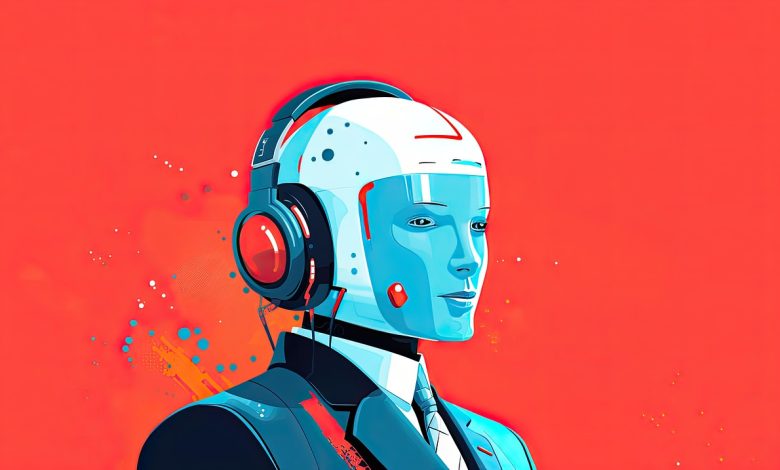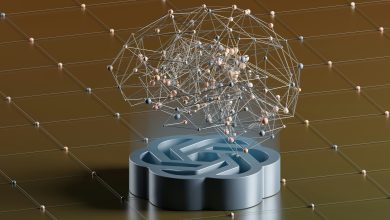
The Migration Challenge
For many organisations, migrating from one software system to another has long been one of the most daunting undertakings in technology. Legacy platforms often contain years of critical data, bespoke workflows, and deeply embedded processes. The thought of moving all of this to a new environment can feel overwhelming, and for good reason.
Historically, migrations have been slow, expensive, and disruptive. They often require months of planning, large upfront investments, and a willingness to compromise when new systems fail to replicate the nuances of the old. As a result, countless businesses remain tied to outdated technology, reluctant to modernise even when their existing systems are holding them back.
Artificial intelligence (AI) is beginning to change this picture. By introducing automation, adaptability, and intelligence into the development process, AI is making system migration not only faster but also more user‑friendly and flexible than ever before.
Why Traditional Migrations Struggle
The challenges of legacy system migration are well documented. Older platforms are often poorly documented, built on outdated code, or reliant on integrations that no longer exist. Years of inconsistent data entry create errors that are difficult to resolve manually. And the risk of downtime during a transition can make even the most forward‑thinking organisations hesitate.
Perhaps the most frustrating aspect of traditional migrations is rigidity. Off‑the‑shelf solutions rarely match the unique needs of a business, forcing teams to adapt their processes to the limitations of the new system. The result is often a compromise: a modern platform that still doesn’t quite fit.
This rigidity has been a recurring frustration across industries. Many businesses report that they only ever use a fraction of the functionality available in legacy systems, while the features they truly need are often missing. This mismatch has been a driving force behind the search for more adaptable, AI‑driven approaches.
How AI Changes the Game
AI‑driven software development introduces a new paradigm for migration. Instead of relying solely on manual processes, AI can automate, predict, and adapt in ways that were previously impossible.
One of the most powerful applications is automated data mapping. Machine learning models can analyse legacy data structures, identify inconsistencies, and automatically map fields to new systems. This reduces the need for manual intervention and dramatically accelerates the process (AltexSoft).
AI also brings predictive risk analysis into play. By simulating migration scenarios, it can forecast potential issues before they occur, highlighting bottlenecks, data conflicts, or integration risks. This allows teams to address problems proactively rather than reactively (Kearney).
Generative AI tools add another layer of adaptability. Instead of waiting months for developers to build features, AI can generate functional prototypes in hours. These prototypes can then be refined to match business needs, ensuring that the new system aligns with existing workflows rather than forcing a complete overhaul (Zealous System).
Finally, AI systems improve over time. Each migration project provides new data, enabling AI to refine its models and streamline future transitions. This continuous learning means that migrations become progressively smoother with each iteration.
This shift reflects a broader trend in technology: listening more closely to the needs of end‑users. Many of today’s AI‑driven platforms have been shaped by years of feedback and research into what businesses actually want, rather than what software vendors assume they need. That emphasis on listening is what makes AI‑enabled migration feel more human‑centred than the rigid approaches of the past.
Flexibility at the Core
One of the most significant benefits of AI‑enabled migration is flexibility. Unlike traditional systems that impose rigid frameworks, AI allows businesses to shape technology around their needs.
This flexibility manifests in several ways. Workflows can be customised to reflect industry‑specific requirements, whether in finance, healthcare, or manufacturing. Architectures can be designed to scale with the business, avoiding costly rebuilds as needs evolve. And integrations can be managed more seamlessly, bridging old and new platforms to ensure continuity while modernising infrastructure.
In practice, this means that business operations themselves become the inspiration for the software, rather than the other way around. Instead of shoehorning processes into a pre‑defined template, AI‑driven systems can be flexed and adapted to mirror the way teams already work. This inversion of the traditional model is one of the most powerful cultural shifts AI has enabled in software development.
Making Migration User‑Friendly
AI doesn’t just help developers; it also improves the experience for end‑users. Natural language interfaces allow staff to interact with systems using everyday language, reducing the learning curve and making new platforms more accessible. Automated testing ensures smoother rollouts with fewer bugs, while usage analytics highlight adoption patterns and identify where additional training or support is needed.
This focus on user experience is critical. A technically successful migration is of little value if staff struggle to adapt. By reducing friction, AI makes migration less of a burden and more of an enabler of growth.
The most successful migrations are often those where users feel they have been listened to throughout the process. When employees see their workflows reflected in the new system, adoption is faster and enthusiasm higher. AI’s ability to capture requirements conversationally — whether typed, spoken, or through drag‑and‑drop builders — is helping to bridge the gap between technical teams and everyday users.
Real‑World Applications
The benefits of AI‑driven migration are already being felt across industries. In financial services, AI‑powered compliance tools simplify the migration of sensitive data while maintaining regulatory standards (Glorium Technologies). In healthcare, intelligent data mapping ensures patient records are transferred securely and accurately, supporting continuity of care.
Manufacturers are using AI‑powered analytics to integrate legacy production systems with modern IoT platforms, improving efficiency and visibility across operations. Retailers are leveraging AI to migrate customer data into new CRM systems, ensuring that personalisation and loyalty programmes remain intact.
These examples demonstrate that AI‑enabled migration is not limited to one sector. It is a universal enabler, capable of transforming the way organisations across industries approach modernisation.
The Human Factor: AI as a Partner, Not a Replacement
It is important to recognise that AI does not replace human expertise in migration projects. Instead, it acts as a partner. Developers gain tools that accelerate coding and reduce repetitive tasks. Project managers benefit from predictive insights that improve planning and reduce risk. End‑users experience smoother transitions with less disruption.
This partnership ensures that migrations are not only technically successful but also embraced by the people who rely on the systems every day. AI provides speed and intelligence, while humans provide context, judgement, and creativity.
There is also a sense of satisfaction in seeing the end result of a migration that has been shaped by genuine collaboration. When a prototype or MVP is delivered quickly and reflects the real needs of a business, it demonstrates that technology can be both innovative and empathetic; a combination that has often been missing in legacy approaches.
Looking Ahead: Migration as a Strategic Advantage
As AI continues to evolve, system migration will shift from being a painful necessity to a strategic advantage. Businesses that embrace AI‑driven development will not only modernise faster but also gain systems that are more resilient, more aligned with their goals, and more cost‑effective.
In this sense, AI is not just a tool for migration; it is a partner in building the future of business technology. By making migration friendly and flexible, AI is helping organisations turn what was once a dreaded project into a catalyst for growth and innovation.
System migration has long been one of the most challenging aspects of digital transformation. But with AI, the process is becoming faster, friendlier, and far more flexible. By automating data mapping, predicting risks, enabling adaptive development, and improving user experience, AI is turning migration into an opportunity rather than an obstacle.



